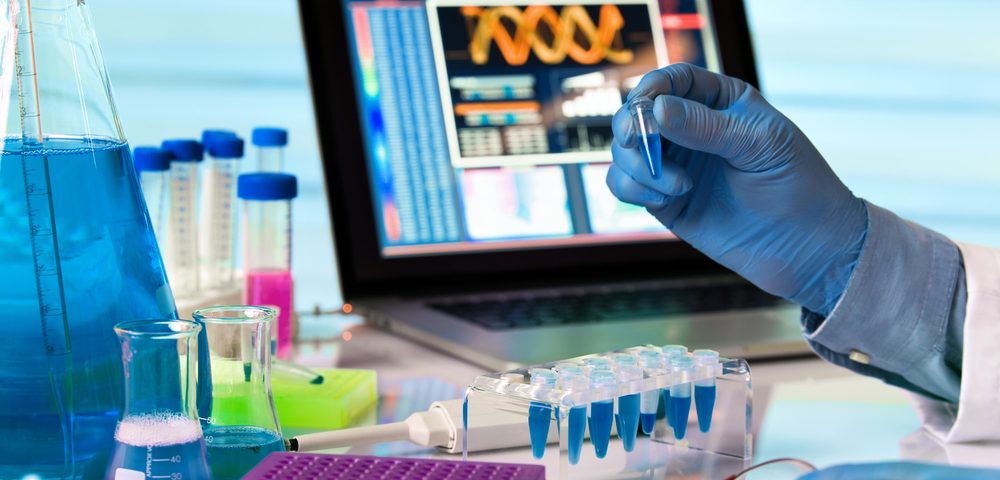University Of Southampton And University Of Cambridge Researchers Develop New Diagnostics To Identify Huntington's Disease
Source: Thailand Medical News Dec 19, 2019 5 years, 4 months, 1 week, 10 hours, 28 minutes ago
University of Southampton and
University Of Cambridge researchers have developed a new technique to analyze biochemical changes unique to
Huntington's disease. The breakthrough has the potential to lead to the improved diagnosis of disease onset and possibly better ways to track the effects of new treatments.

Typically,
huntington's disease damages nerve cells in the brain and typically develops between the ages of 30 and 50. It leads to uncontrollable movement, loss of cognitive ability and changes in mood.
Till now, it has been difficult to assess the progress of the disease using biomarkers ie molecules found in blood which indicate a condition. This is because the same markers can be associated with other diseases or
aging.
Researchers used two forms of spectroscopy (a way of examining molecules with light) in this new study, to analyze blood samples from
Huntington's patients. From this they were able to establish the patterns or "fingerprints" of those biomarkers which indicate the presence of the disease.
Finding these fingerprints allowed the team to hone in on the specific biochemical signature of the disease. This could open the door to a better
diagnostics of onset and more effective tracking of the disease in the future. The development could also form the foundation for a tool to assess the effectiveness of therapies aimed at slowing the condition. Findings are published in the journal
Chemical Science.
Professor Dr Sumeet Mahajan of the Chemistry department at the University of Southampton and the technology lead of the study, told
Thailand Medical News, "Currently, clinicians rely on physical signs and symptoms, such as involuntary movements, to diagnose
Huntington's disease. We have been able to identify those fingerprint biomarker traits which could ultimately help give a more accurate assessment of when their disease begins and how it is progressing. Just a tiny drop of blood serum is needed for rapid and easy detection."
The medical researchers collected Raman spectral data by shining a low power laser on blood samples from patients experiencing various stages of
Huntington's disease. They then collected additional data by shining the same laser on blood samples mixed with gold nanoparticles. By combining results of these analyses, they were able to identify specific combinations of biochemical peaks which occur in all patients with the disease and observe how they change in relation to the different stages of the condition.
The research team now plans to extend their studies to include patients who have the
Huntington's gene, but have not yet developed features of the condition, in order to pinpoint when changes begin.
The clinical lead of the study, Professor Roger Barker of the University of Cambridge explains: "Longer-term, we want to see our research benefiting people who have or may develop the disease by creating a portable device which ca
n be used in clinics for diagnosing and tracking disease."
Reference: Anna Huefner et al, Serum Raman spectroscopy as a diagnostic tool in patients with Huntington's disease, Chemical Science (2019). DOI: 10.1039/C9SC03711J
